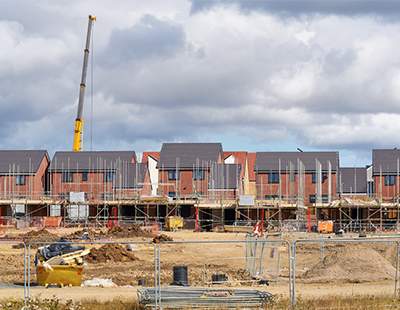
The number of retail properties approved for conversions to residential property has fallen 17% in the last year, from 453 in 2017/18 to 376 in 2018/19, according to the latest findings from private wealth law firm Boodle Hatfield.
The firm describes this drop as ‘particularly worrying’ given the sharp rise in vacant retail space over recent years. Data from the British Retail Consortium showed that town centre retail vacancy rates hit 10% in April 2019 – the highest since April 2015.
However, retail to residential conversions have been recognised as a solution to the problem of long-term empty retail units.
This news also comes at a time when the government continues to fall short of its target of 300,000 new homes per year built in England. Research from Savills recently found that only 260,000 new homes each year are likely to be built by 2021.
Dennis Ko, partner in the real estate team at Boodle Hatfield, says: “There is an increasing acceptance that some peripheral retail property needs to be converted to other uses to prevent areas dying. These figures show that this simply isn’t happening on the scale it needs to.”
Boodle says that the fall in conversions is being driven in part by local authorities restricting developers from using ‘Permitted Development Rights’ (PDR). This system allows developers to convert commercial property to residential use without a full planning application.
Introduced in 2013, the PDR system was created to incentivise developers to convert disused commercial property into housing, helping to reduce the shortfall in new homes built.
However, even the use of PDR is being restricted by some local housing authorities, as they wish to protect their stock of retail property in the hope that the market will bounce back. With PDR restrictions in place, developers must go through a full planning approval process, which increases costs significantly.
Areas with restrictions on retail to residential conversions include:
- The London Borough of Hackney, which has put in place restrictions to prevent retail to residential conversions in its ‘town centre’ areas, including high streets in Dalston, Stoke Newington and Finsbury Park.
- The London Borough of Waltham Forest, which has a retail to residential conversion restriction in place across the whole borough.
- The London Borough of Kensington and Chelsea has specifically restricted conversions of launderettes to housing.
Some have criticised PDR for allowing converted homes to be built below the maximum standards for size and number of windows that new-build units must comply with.
“With the number of retail units standing empty around the country, it’s surprising that a growing number of councils are opposed to seeing new residential units replacing them,” Ko adds.
“While it’s important to ensure the right mix of residential and commercial property, especially in town centre areas, disincentivising developers from creating new homes is unlikely to be the best way to do it.”
He continues: “Developers often complain that the full planning process is slow, inconsistent and frustrating. Some will simply walk away rather than deal with that.”
“It would be great to see the new Government make far-reaching reforms to the planning regime. Much has been promised by several previous governments, but the planning system still works to prevent a lot of vital residential development.”

















Join the conversation
Be the first to comment (please use the comment box below)
Please login to comment